Exploring the Future of Power Bearings Innovations and Applications in Modern Machinery
The evolution of technology in the realm of modern machinery has led to significant advancements in the field of power bearings, which are crucial components in enhancing operational efficiency and reducing friction in various applications. According to the Global Power Bearings Market Report, the industry is projected to reach a valuation of approximately $14 billion by 2027, driven by the increasing demand for precision and durability in machinery across sectors such as automotive, aerospace, and manufacturing.
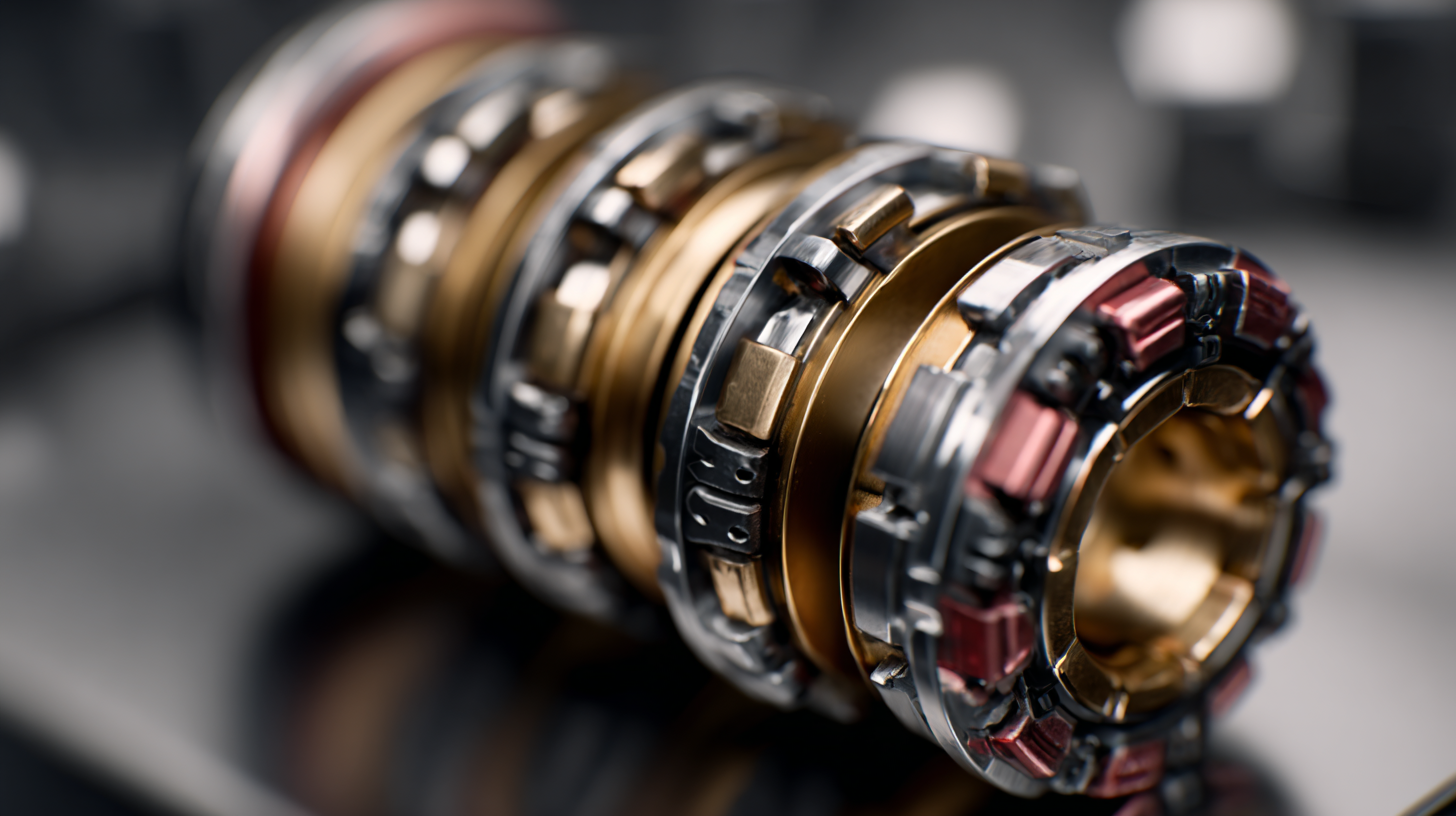
Innovations in materials science and design engineering are setting the stage for next-generation power bearings that provide enhanced performance under extreme conditions while contributing to sustainability efforts through reduced energy consumption. This outline will delve into the promising future of power bearings, examining emerging innovations and their pivotal applications in modern machinery, ultimately shaping the landscape of industrial operations.
Innovative Technologies Shaping the Future of Power Bearings in Machinery
The future of power bearings in modern machinery is being significantly shaped by innovative technologies that enhance performance and durability. Advances in materials science have led to the development of lightweight composites and high-strength alloys, which not only reduce the overall weight of machinery but also improve load-bearing capabilities. These new materials offer higher resistance to wear and corrosion, crucial for applications in harsh environments, thus extending the lifespan of machinery components.
Additionally, the integration of smart technologies into power bearings is transforming the way these components operate. IoT-enabled sensors can provide real-time data on the condition of bearings, allowing for predictive maintenance and reducing the risk of unexpected failures. This proactive approach not only minimizes downtime but also optimizes performance by ensuring that machinery operates at peak efficiency. As industries increasingly adopt these innovations, the role of power bearings will evolve, becoming even more critical in the pursuit of sustainable and efficient machinery solutions.
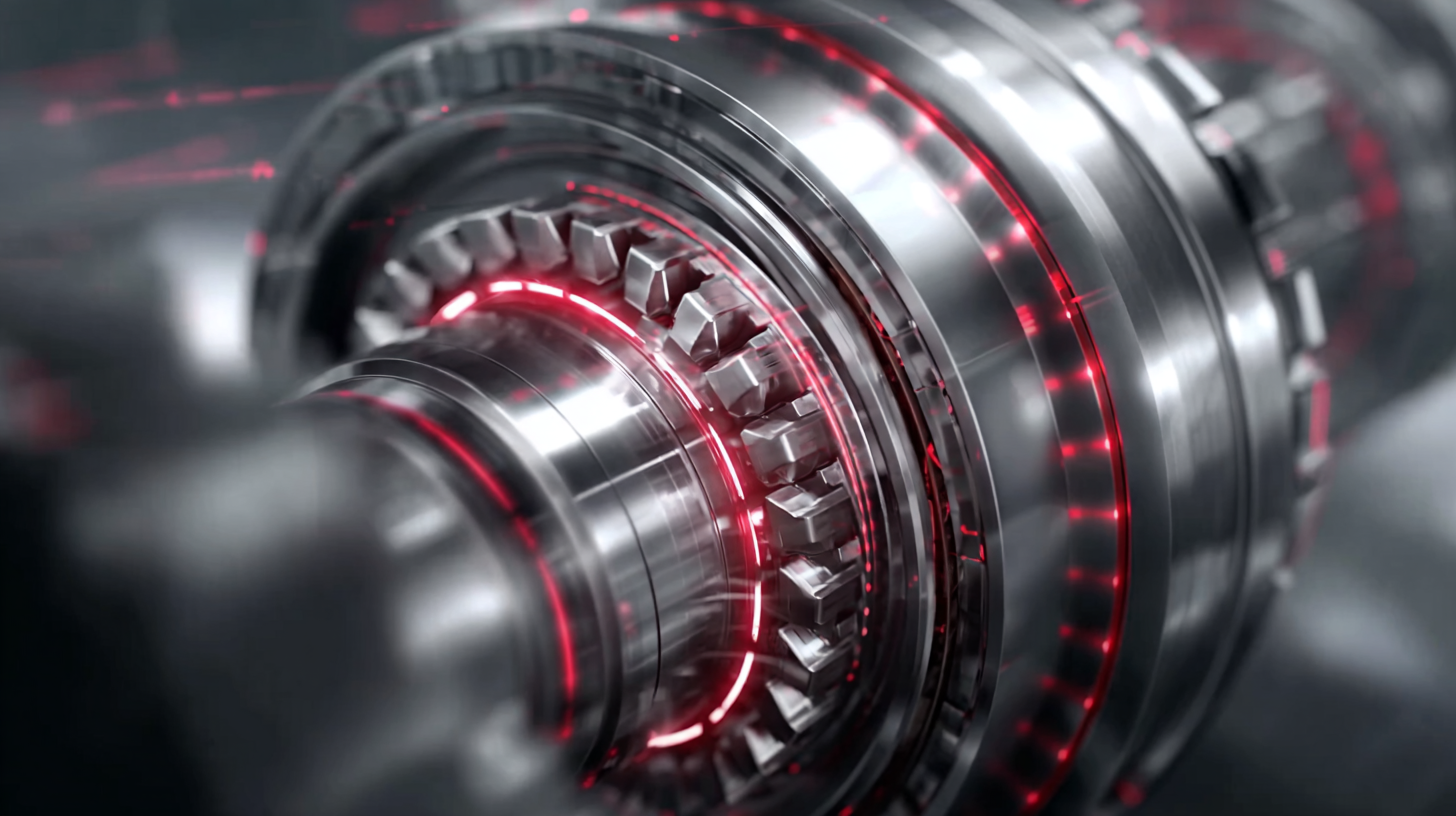
Advancements in Materials for High-Performance Power Bearings
The evolution of materials in the realm of power bearings has been pivotal in enhancing the performance and longevity of modern machinery. Innovations in high-performance materials, such as advanced polymers and composite materials, have significantly improved load-bearing capacities, resistance to wear, and thermal stability. These materials not only provide better performance under extreme operating conditions but also contribute to reducing the overall weight of machinery, enhancing efficiency and energy consumption.
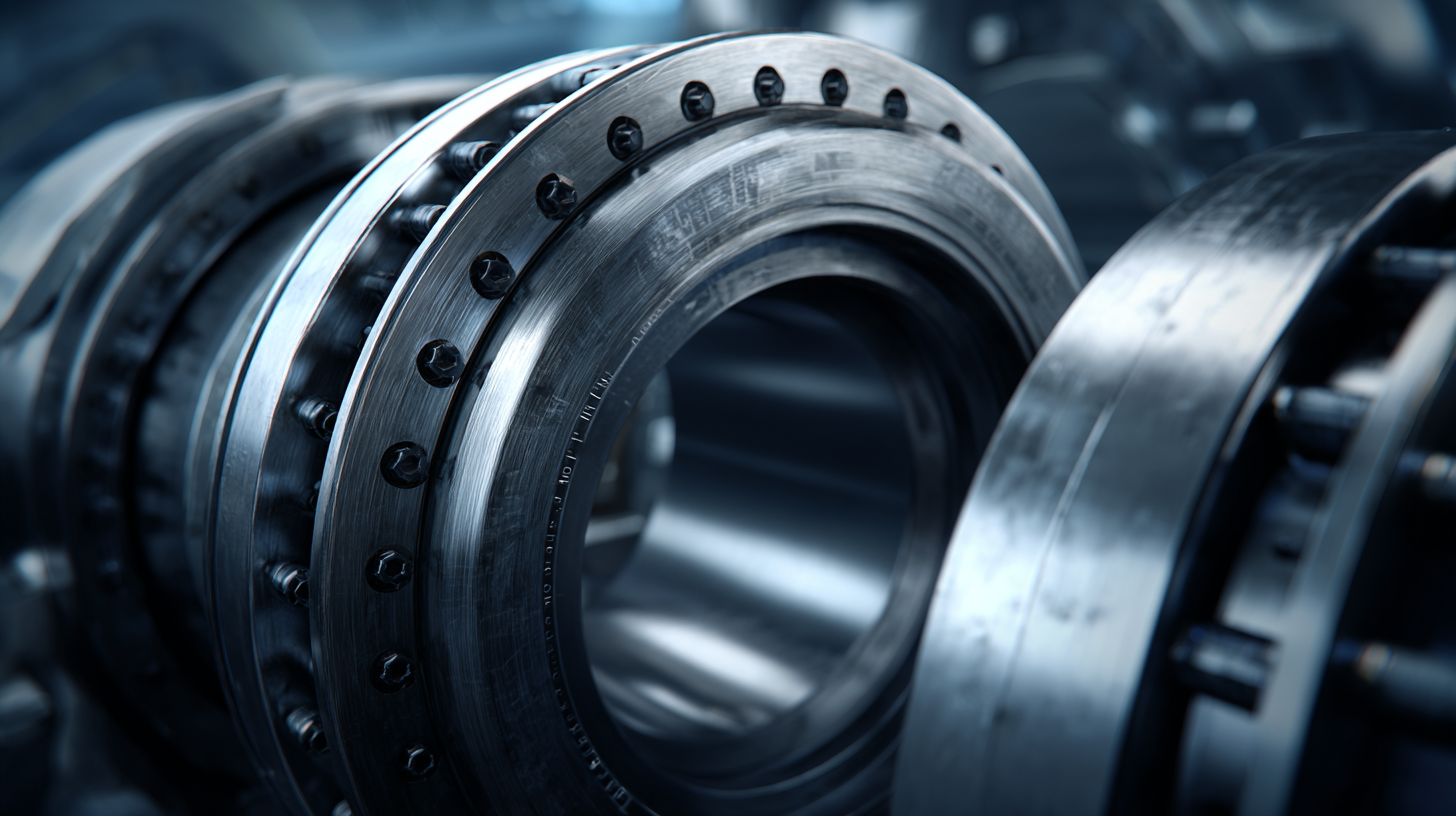
Moreover, the introduction of self-lubricating materials has transformed traditional bearing designs. By minimizing friction and wear, these advancements extend maintenance intervals and prolong equipment life, which is crucial in industries such as aerospace and automotive. The integration of smart materials that can adapt to changes in operating conditions is also on the horizon, promising to further optimize the performance of power bearings in various applications. As these innovations continue to unfold, they pave the way for more reliable, efficient, and sustainable machinery across multiple sectors.
Smart Power Bearings: Integrating IoT for Enhanced Efficiency
The integration of IoT technology into power bearings is revolutionizing modern machinery by significantly enhancing efficiency and operational performance. Smart power bearings, equipped with embedded sensors and connectivity, enable real-time monitoring of machine conditions, which can lead to predictive maintenance and reduced downtime. According to a recent report by MarketsandMarkets, the smart bearings market is projected to reach USD 11.1 billion by 2026, growing at a CAGR of 9.2% from 2021. This growth reflects the increasing need for advanced solutions in industrial automation and the adoption of Industry 4.0 initiatives.
Leveraging IoT capabilities allows manufacturers to collect and analyze data on wear, temperature, and vibration, providing insights that were previously unavailable. These insights not only optimize performance but also extend the lifespan of machinery. Research from McKinsey has shown that predictive maintenance can reduce maintenance costs by up to 30% while improving equipment reliability by 50%.
Tips: To implement smart power bearings effectively, invest in training for your team on IoT technologies and data analysis. Consider starting with a pilot project to evaluate the benefits before a full-scale rollout. Regularly update your technology to keep up with advancements in IoT integration for power bearings, ensuring you stay competitive in the marketplace.
Sustainable Practices in the Production and Use of Power Bearings
The production and use of power bearings are increasingly leaning towards sustainable practices, driven by the rising environmental concerns and the need for resource efficiency. Innovations in materials, such as ceramics—comprising silicon, alumina, and zirconia—are contributing to lighter and more durable bearings, which not only enhance the performance of modern machinery but also reduce the energy consumed during manufacturing and operation. By integrating inert and active materials, manufacturers are able to optimize the functionality of bearings while minimizing environmental impact.
As the global automotive bearings market is anticipated to grow significantly, reaching approximately $213.8 billion by 2032, the emphasis on sustainable production methods remains paramount. Additionally, the adoption of recycling practices for bearing materials can play a crucial role in reducing waste and promoting a circular economy. This shift towards sustainability is not just a trend; it represents a commitment to technological advancement that prioritizes environmental stewardship, ensuring that power bearings can meet the demands of future machinery without compromising ecological integrity.
Emerging Applications of Power Bearings in Next-Gen Machinery
The advent of next-generation machinery has ushered in new horizons for power bearings, positioning them as critical components in enhancing operational efficiency and reliability. Emerging applications in various sectors, such as renewable energy, aerospace, and robotics, are increasingly leveraging the unique properties of advanced power bearings. These innovations enable machinery to handle higher loads and speeds while reducing friction and wear, leading to improved performance and longer lifecycle.
Moreover, the integration of smart technologies into power bearings is transforming how modern machinery operates. With the incorporation of IoT sensors and predictive maintenance capabilities, power bearings can provide real-time data on their performance and health, allowing for proactive interventions and minimizing downtime. This shift not only maximizes productivity but also optimizes maintenance schedules, resulting in significant cost savings for industries. As manufacturers continue to push the boundaries of design and materials, the role of power bearings in shaping the future of machinery becomes increasingly vital, driving advancements across multiple sectors.
Exploring the Future of Power Bearings Innovations and Applications in Modern Machinery
| Application Area | Type of Bearing | Material Used | Load Capacity (kg) | Speed Rating (RPM) |
|---|---|---|---|---|
| Robotics | Ball Bearings | Steel | 100 | 3000 |
| Manufacturing Equipment | Roller Bearings | Ceramic | 200 | 2100 |
| Automotive | Tapered Bearings | Alloy Steel | 350 | 1800 |
| Aerospace | Spherical Bearings | Titanium | 150 | 2500 |
| Marine Applications | Deep Groove Bearings | Stainless Steel | 500 | 1500 |
Related Posts
-

How to Choose the Right Tyre Bearing for Your Vehicle Needs
-

10 Essential Tips for Choosing the Perfect Tapped Bearing
-

7 Essential Tips for Choosing the Best Pillar Bearing for Your Needs
-
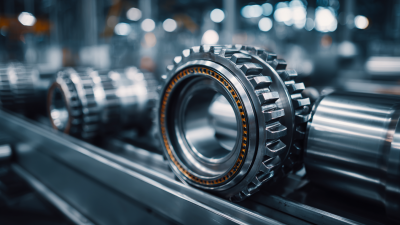
7 Essential Tips for Choosing the Right Rear Bearing for Your Production Needs
-

How to Choose the Right Pillow Bearing for Your Industrial Applications
-
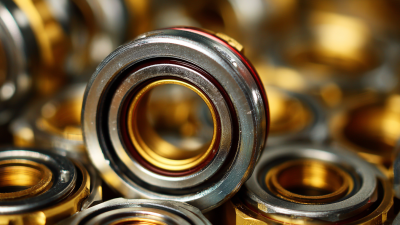
Understanding the Functionality and Benefits of Nup Bearing Types